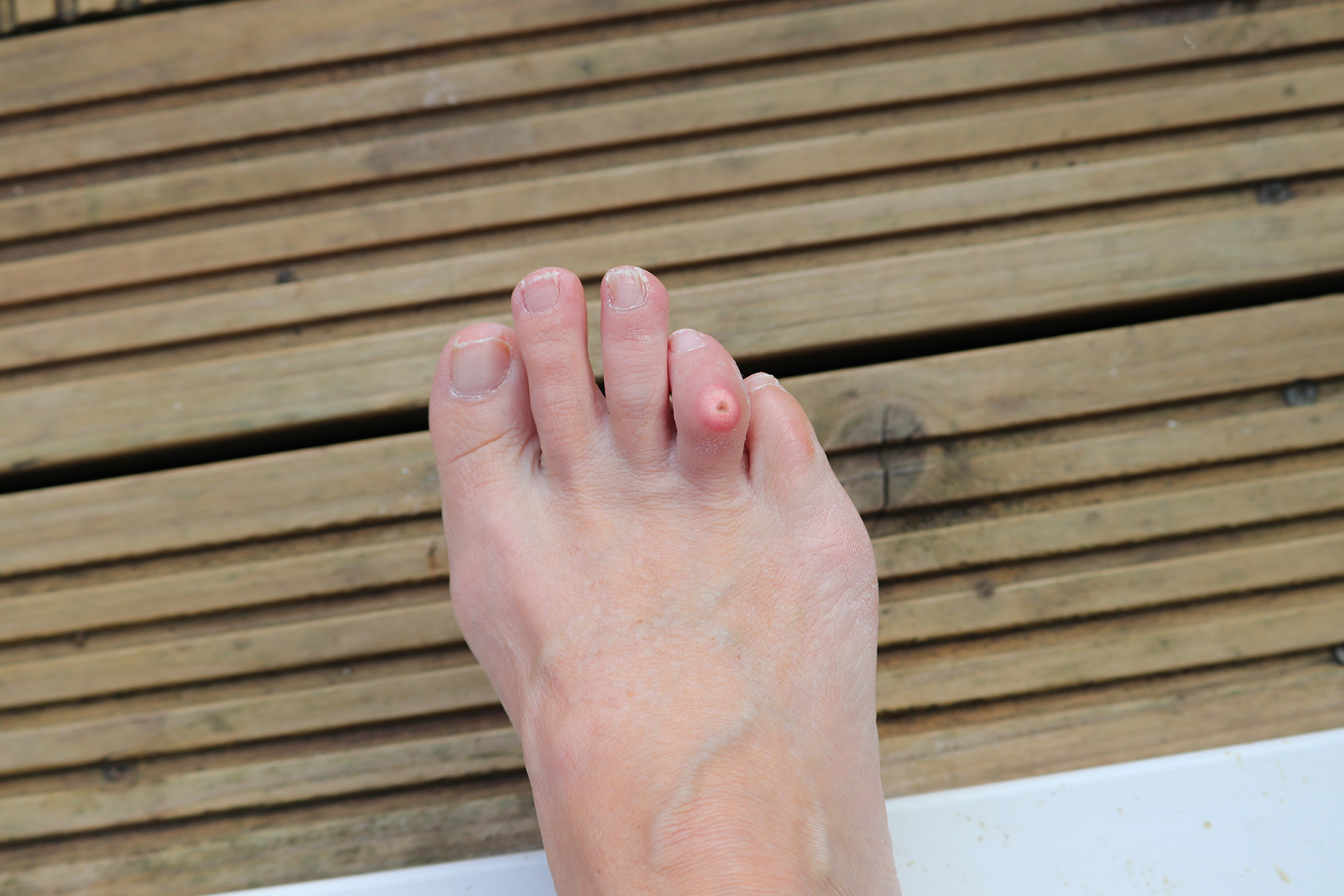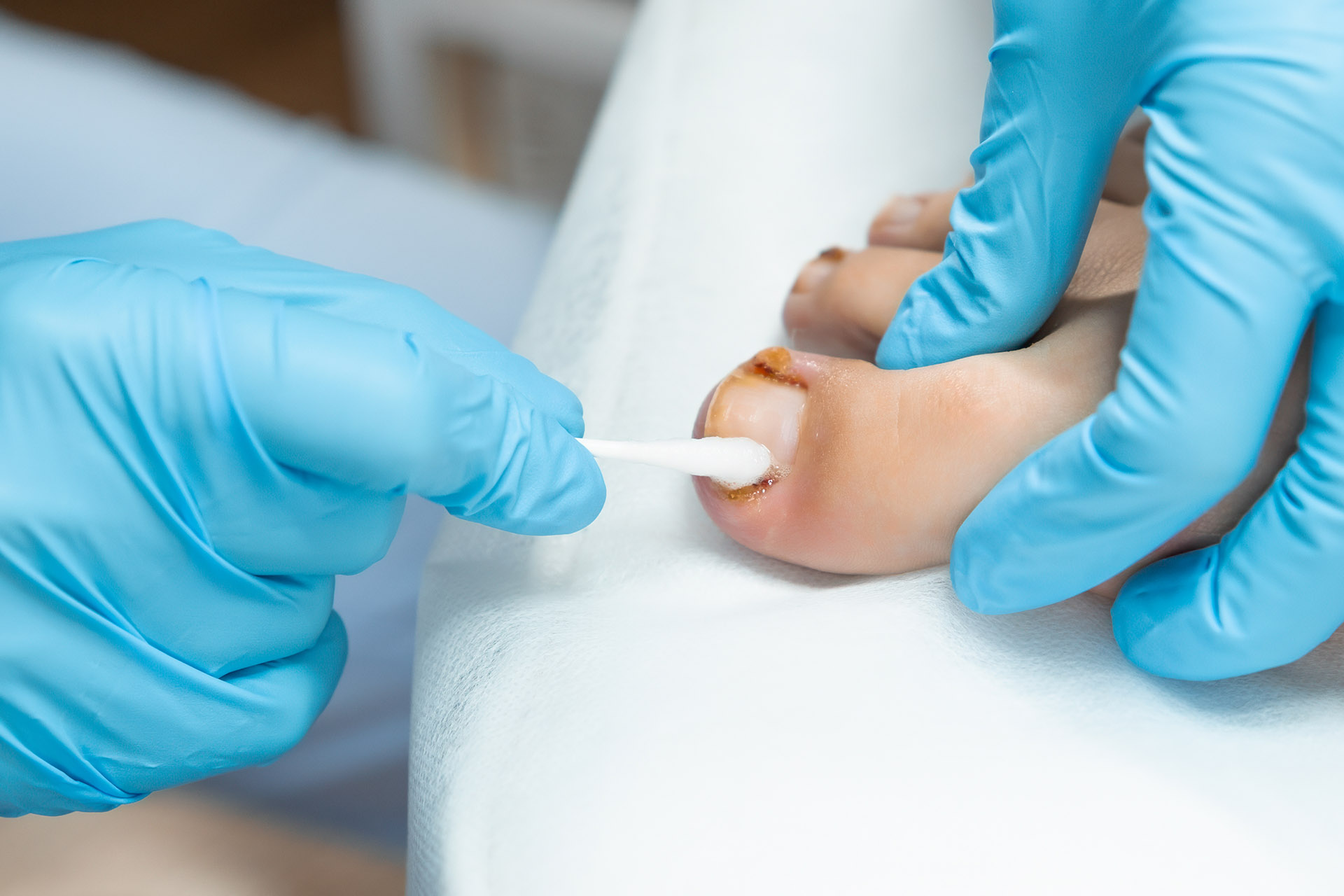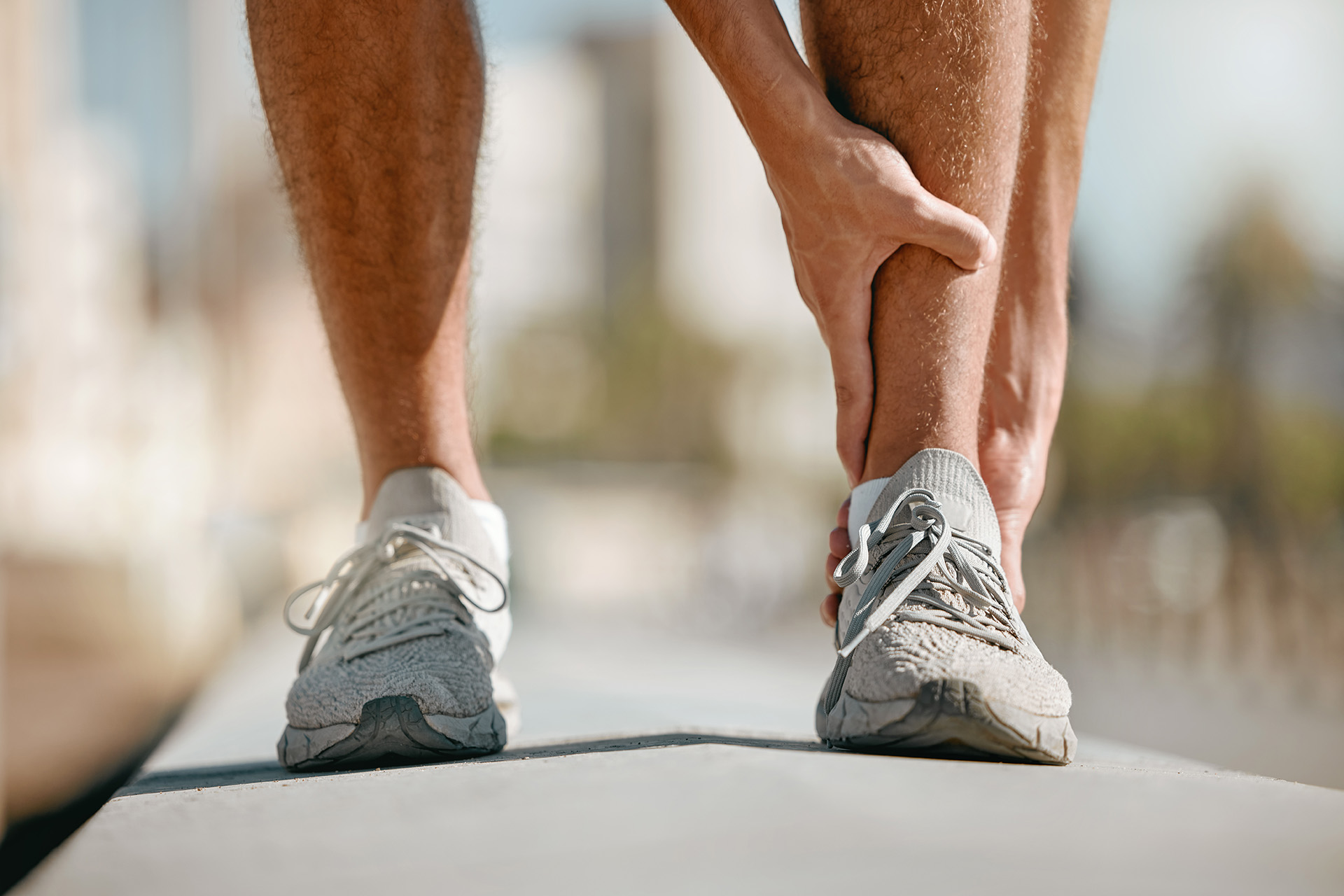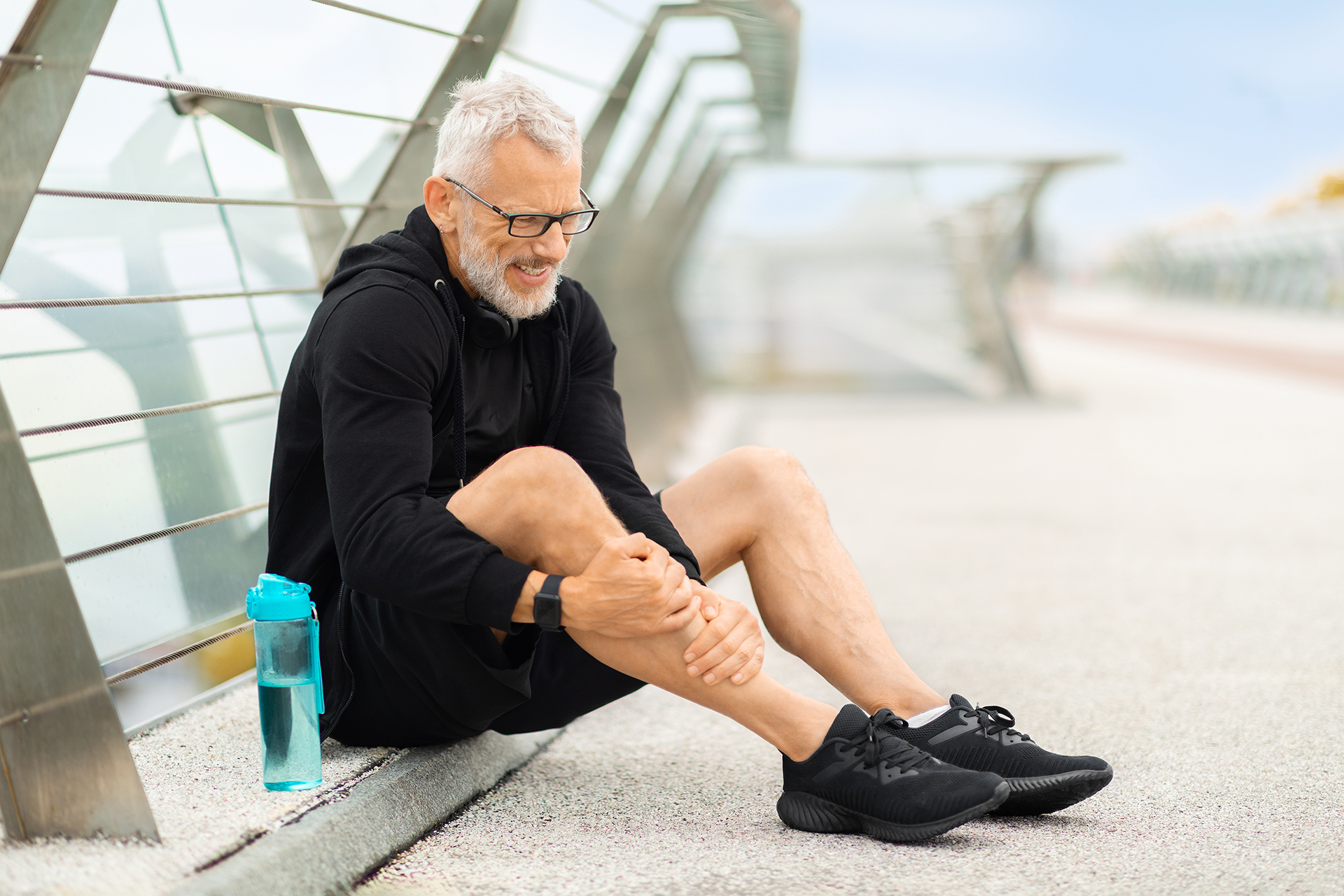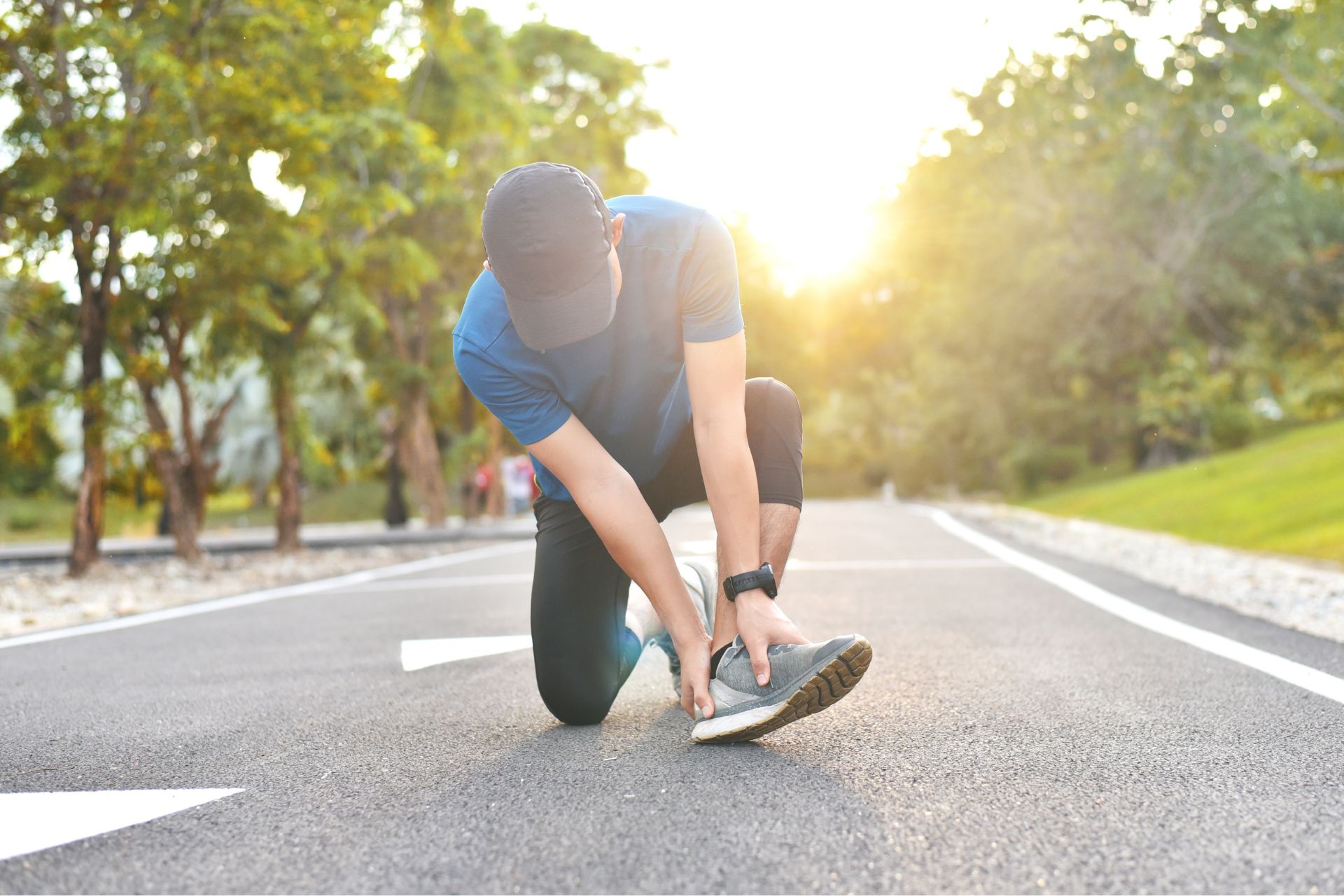Corns on the feet may be small, but their impact on daily comfort can be significant. These hardened patches of skin develop where friction and pressure persist, typically over more prominent areas, such as the toes or soles. While common, painful corns on the feet are not something you should just accept.
At The Foot Practice in Singapore, we work closely with our patients to understand the causes of corns on the feet and how to effectively manage them, utilising a combination of clinical insight, biomechanical analysis and personalised care plans. Whether you’re an athlete dealing with repeated impact or simply navigating daily life with discomfort, addressing corns is crucial to maintaining your foot health and mobility.
Certain risk factors, such as prolonged standing or wearing high heels, increase the likelihood of developing corns and calluses.

What Are Corns, Thickened Skin, and Why Do They Form?
Corns are localised areas of thickened skin, often conical in shape, that develop in response to repeated friction or pressure. They are the body’s natural response to protect underlying tissue, but when the pressure becomes excessive, this protective mechanism becomes a problem.
So, how do corns form on feet? The answer is repeated stress on a focused area. This can come from tight shoes, high heels, abnormal gait mechanics or anatomical deformities. In some cases, foot conditions such as flat feet or bunions alter the way pressure is distributed across the foot, increasing the risk of developing corns or calluses.
Hard corns appear on the outer surfaces of toes or on the balls of the feet, where pressure builds up with walking or running. Soft corns form between the toes and have a rubbery texture due to the moist environment. Seed corns are tiny and appear on the soles of the feet. For proper diagnosis and management of corns or calluses, it is best to consult a podiatrist.
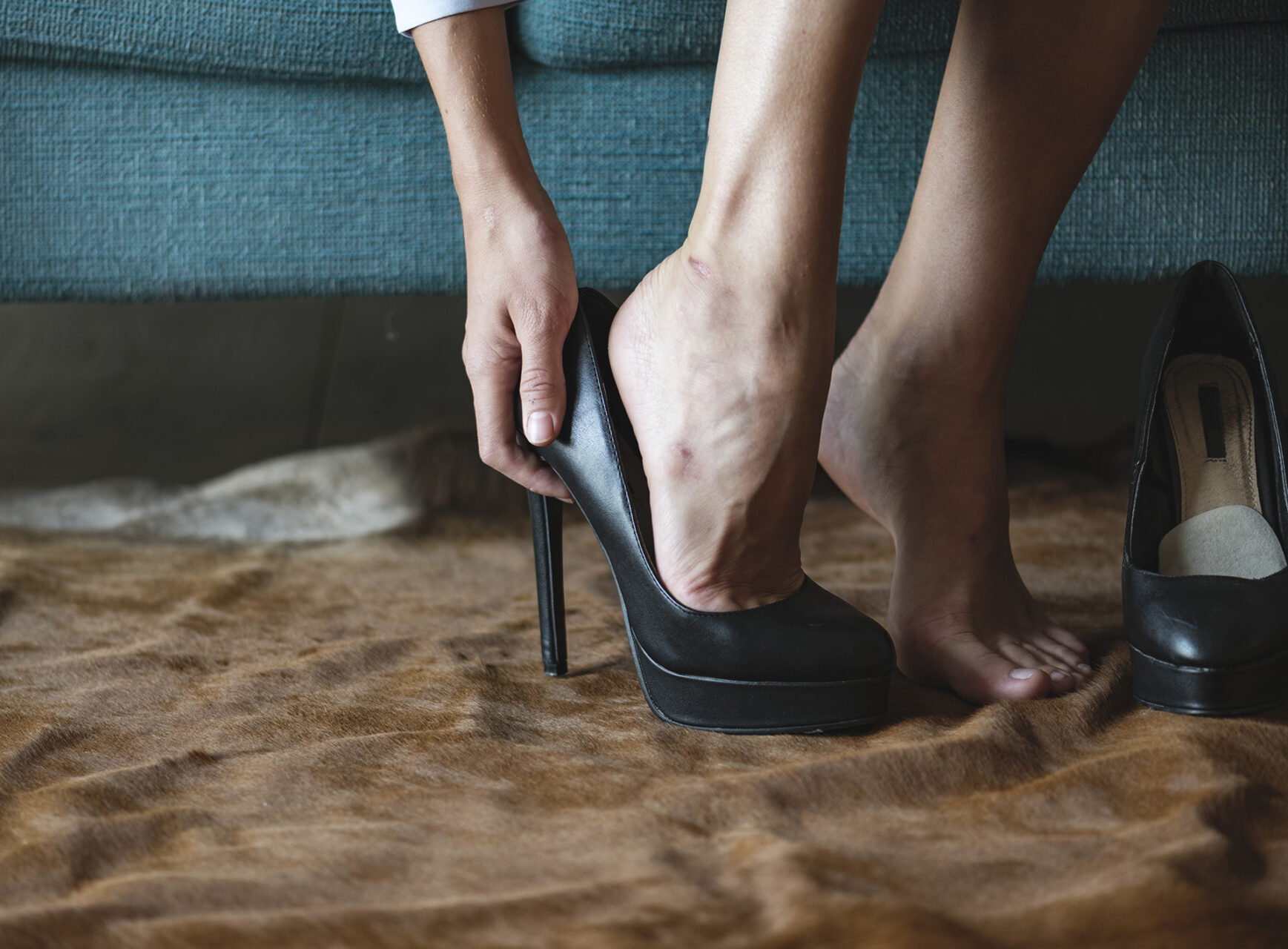
Corns vs. Calluses
Corns and calluses are both thickened areas of skin caused by friction or pressure. Corns are smaller, often painful, and typically form on toes. Calluses, on the other hand, are broader, less painful and usually develop on the soles or heels.
Corns can be hard or soft. Hard corns form on the outer edge or tops of toes, and soft corns develop between the toes where the skin stays moist. These raised bumps may have a dense core surrounded by inflamed skin. They may feel rough or waxy to the touch and can be painful when pressure is applied. People often describe the sensation as walking on a pebble, especially for corns on the soles of the feet.
Calluses, on the other hand, are larger, flatter patches of thickened skin that usually develop on the soles of the feet, heels or even on the hands. Unlike corns, calluses are generally painless, but if the thick skin builds up too much, it can cause discomfort or affect the surrounding skin.
To effectively treat corns and calluses, it is essential to address the underlying causes. If you notice a corn or callus becoming painful, or if you have an underlying condition like diabetes that increases the risk of complications, seek professional care, as these can lead to ulceration if left untreated.
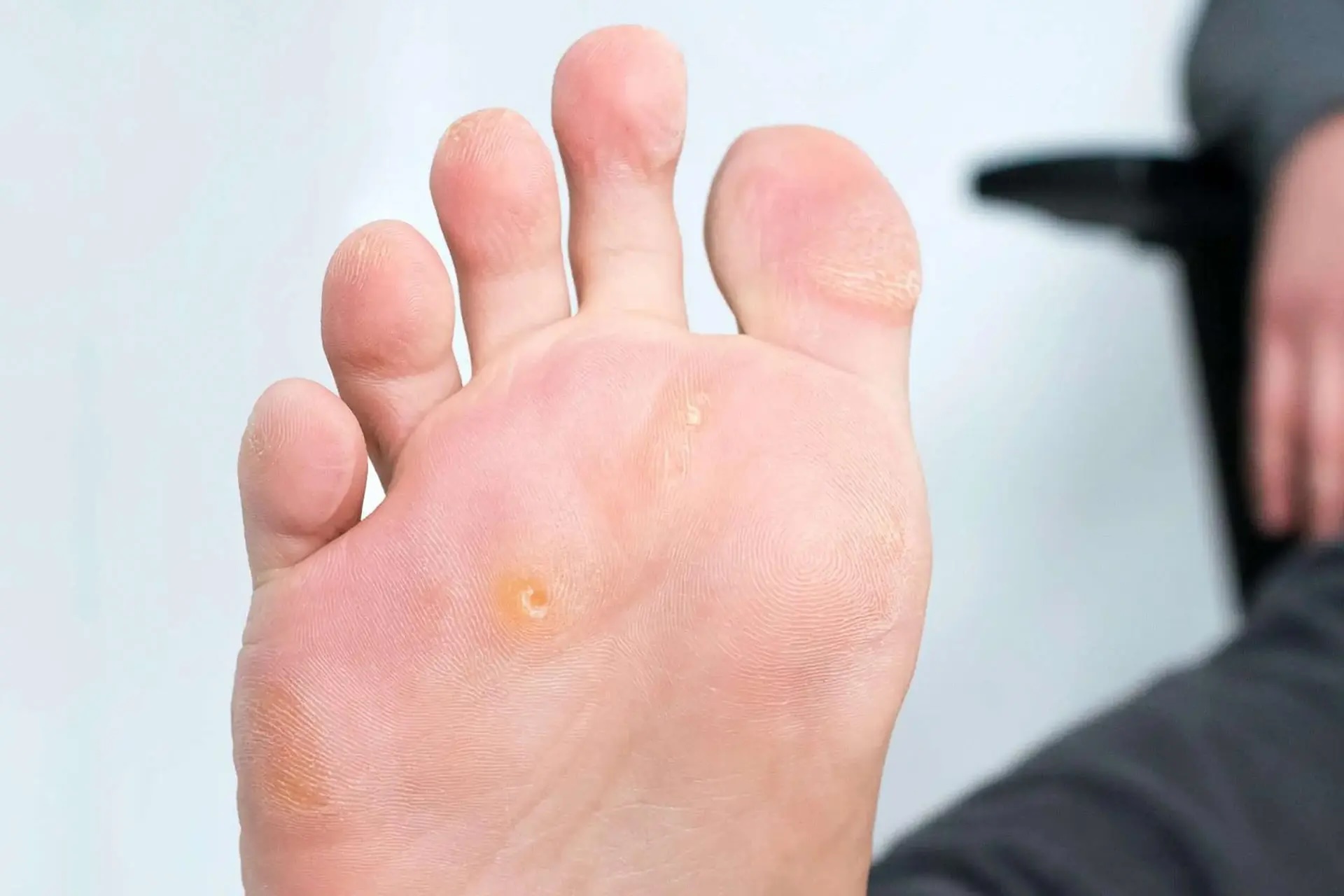
Risk Factors: Why Do I Have Corns on My Feet?
Corns form on your feet due to repeated pressure or friction, often caused by ill-fitting shoes, abnormal foot mechanics or underlying structural issues such as bunions or flat feet.
Foot structure also plays a significant role. People with foot deformities, such as hammertoes, bunions, or overly flat arches, are more likely to develop corns. These structural issues alter the way the foot makes contact with the ground, creating points of unduly high pressure, potentially contributing to corns on soles of feet. Ageing also contributes as the skin becomes thinner and loses its natural padding.
Lifestyle matters too. Long hours spent standing or walking, especially in unsupportive footwear compound the stress on certain areas. People who spend extended periods on their feet are more likely to develop calluses due to ongoing pressure and friction. If you often go without socks, the friction between your foot and the inside of the shoe increases, creating a perfect environment for corns to form.
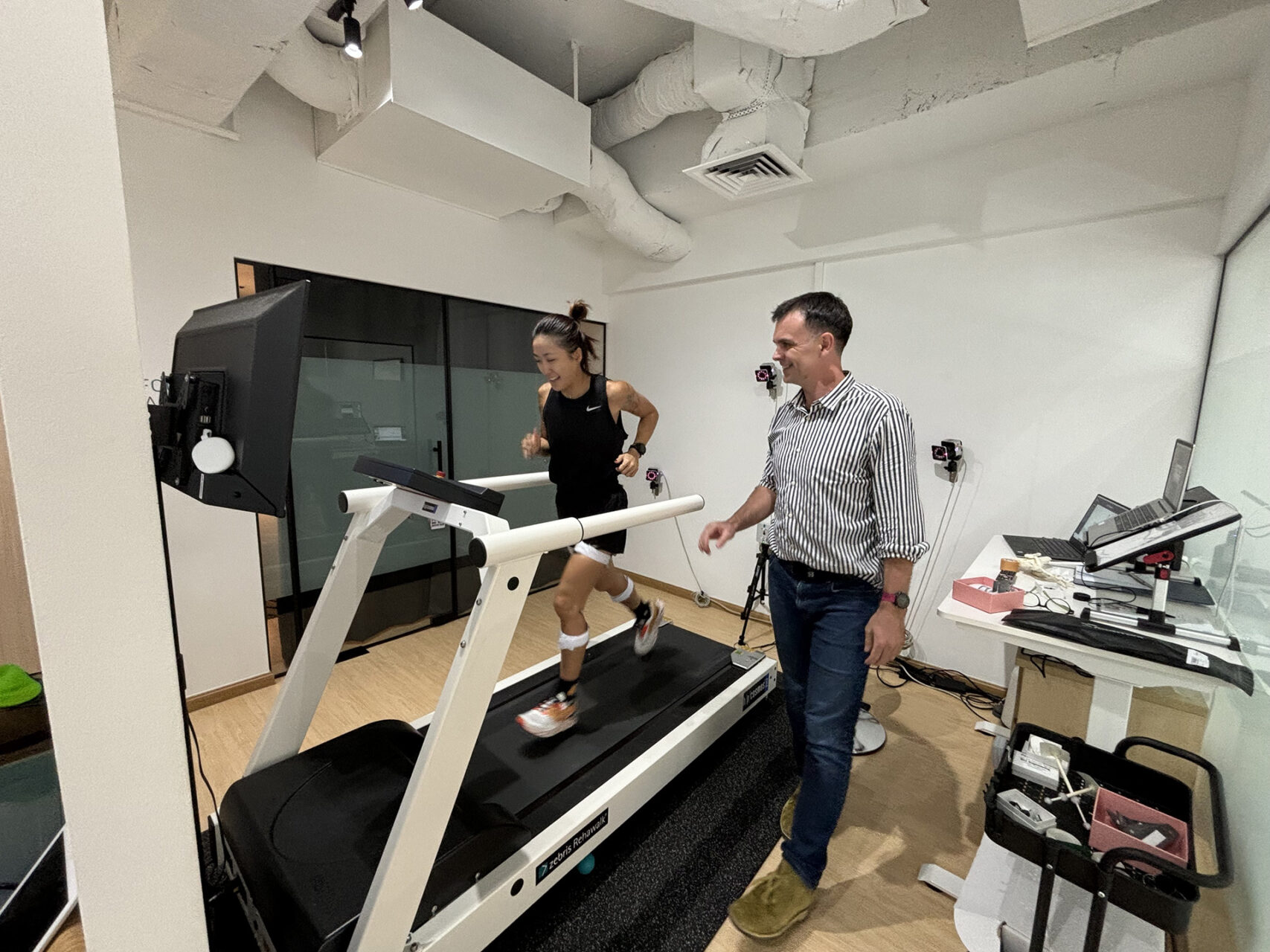
How to Get Rid of Corns on Feet and Prevent Recurrence
It’s important to address the source of the pressure causing the corns and not just go for a single cure for corns on feet. This often includes improving footwear, using custom orthoses and seeking professional podiatric care.
At The Foot Practice, we begin with a detailed assessment to understand why the corn developed. A footwear evaluation helps identify whether your shoes are contributing to the problem. In many cases, poor fit or design increases pressure and friction, which can lead to corns, particularly over bony areas or between the toes.
For more persistent cases, we may recommend custom orthoses. These tailored insoles help redistribute pressure more evenly across the foot, reducing strain on vulnerable areas. For those seeking a way to remove corns on feet in Singapore without recurring issues, orthoses provide an effective long-term solution.
We also utilise RehaWalk® Gait Analysis pressure sensor treadmill to examine how your feet behave during motion. This advanced tool shows us exactly where pressure builds as you walk, which may not be evident during a static exam. With these insights, we can refine orthotic design and provide movement-based solutions that reduce the likelihood of corns recurring.
Home remedies, such as soaking the feet in warm water, using a pumice stone after softening the skin, and applying moisturisers, may help temporarily. However, these methods are not how to heal corns on feet as they do not address the root cause of pressure and friction. Soft corns, which often form between the toes, can also be prevented by keeping the feet dry, particularly between the toes after bathing.
If the corn is particularly painful or does not respond to conservative treatment, podiatric debridement may be required. This is a safe, sterile procedure in which built-up skin is carefully removed, providing immediate relief. Attempting to remove corns or calluses at home can lead to injury, infection, or scarring, so professional treatment is recommended.
Over-the-counter corn pads or salicylic acid treatments might offer short-term relief, but can irritate or damage surrounding healthy skin if misused. If the area becomes infected, prescription topical antibiotics may be needed.
Combining professional diagnosis, advanced technology, and personalised management, The Foot Practice provides a complete and effective approach to managing corns on the feet and helping you move comfortably again.

When to Seek Help for Corns on Feet
At The Foot Practice, we look beyond the surface to understand what causes corns on feet, using advanced assessments to identify underlying pressure points and imbalances in your gait. With customised orthoses and footwear advice, we provide long-term solutions that not only remove corns but also help prevent them from returning.
If corns on your feet are causing persistent pain, affecting your daily activities, or not improving with home remedies, it’s time to seek professional help. This is especially important if you have diabetes or notice signs of infection such as redness, swelling or discharge.
If you’re tired of dealing with painful corns on your feet, book a consultation with The Foot Practice Singapore and take the first step toward lasting relief.

